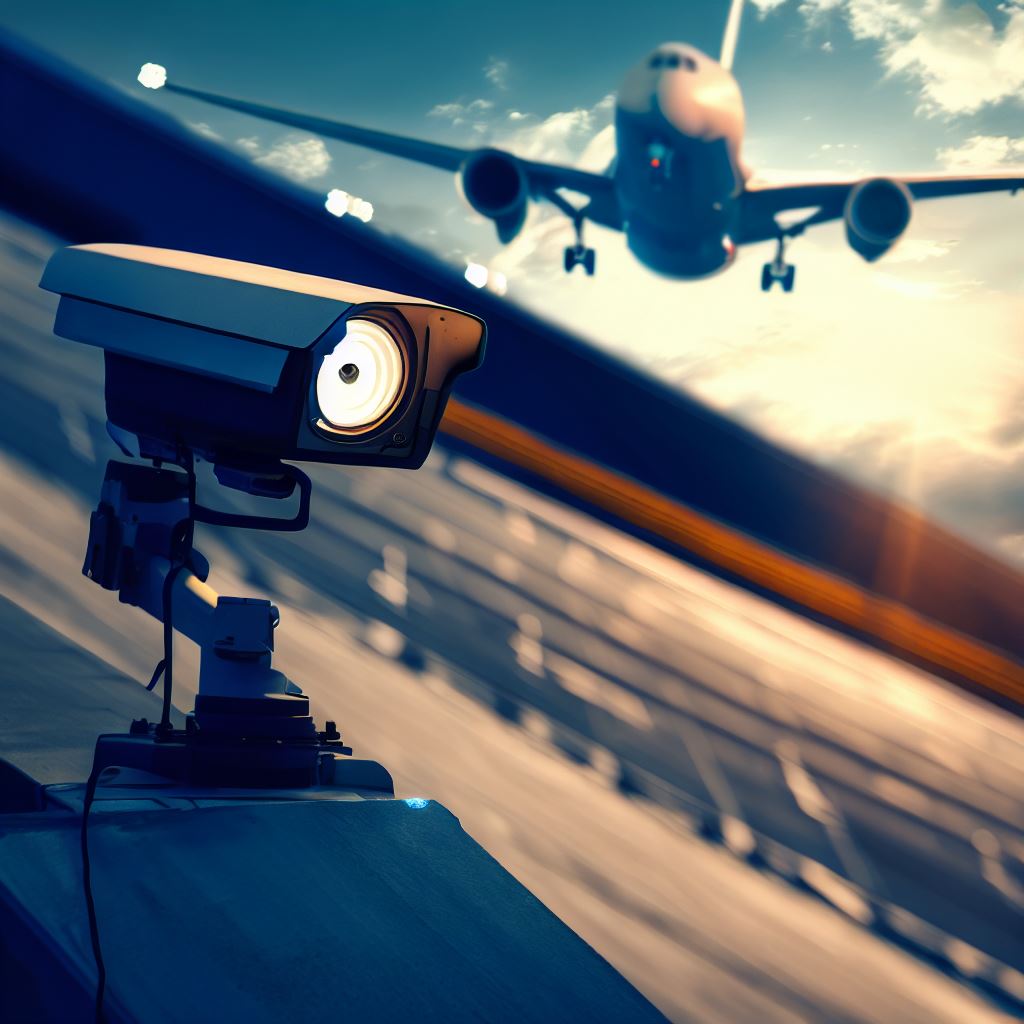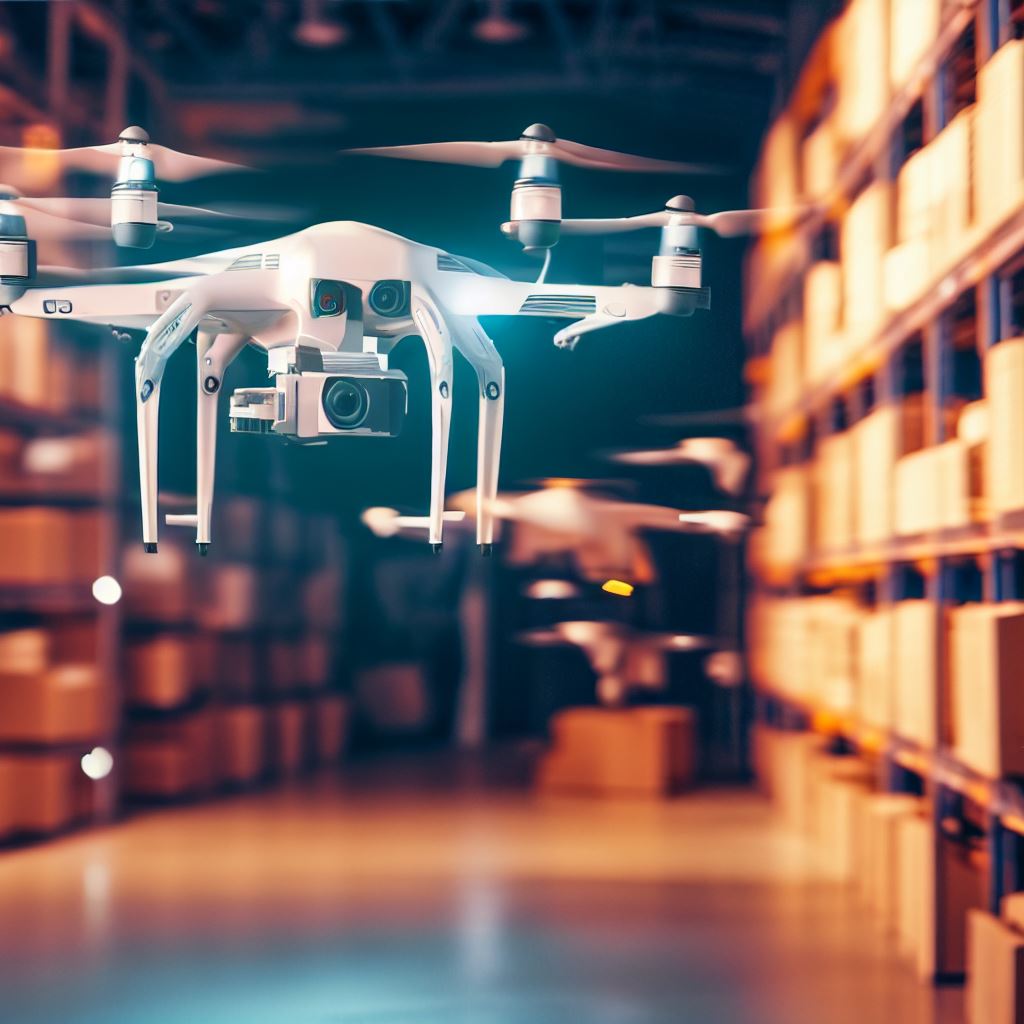Introduction
The air cargo industry plays a crucial role in global trade and commerce. With the increasing volume of goods being transported via air, there is a growing need for enhanced security measures to protect the air cargo ramp. Technology has become a key ally in achieving this objective, enabling more efficient and effective security processes. In this blog post, we will explore how various technological advancements can be utilized to secure the air cargo ramp.
1. Access Control Systems
Access control systems are a fundamental aspect of securing the air cargo ramp. These systems prevent unauthorized individuals from gaining entry and ensure that only authorized personnel can access designated areas. Deploying access control systems that utilize the latest technologies can significantly enhance security.
Key Features of Access Control Systems
- Biometric authentication: Utilizing biometric authentication methods such as fingerprint or iris scanning adds an extra layer of security by verifying an individual’s unique physical characteristics.
- Proximity cards: These cards contain embedded microchips that transmit a unique identifier to grant access. They are highly convenient and can be easily deactivated if lost or stolen.
- Video surveillance integration: Integrating the access control system with video surveillance enables real-time monitoring and recording of all access attempts.
2. Perimeter Security
Protecting the perimeter of the air cargo ramp is essential to prevent unauthorized access. Technology can play a crucial role in fortifying the perimeter security systems.
Perimeter Security Solutions
- Intrusion detection systems: Deploying sensors along the perimeter can detect any unauthorized entry attempt and alert security personnel immediately.
- Automated gates and barriers: Utilizing automated gates and barriers controlled by access control systems ensures that only authorized vehicles can enter the air cargo ramp area.
- CCTV cameras: Installing security cameras along the perimeter provides continuous monitoring, helping to deter potential intruders and capture evidence if an incident occurs.
3. Cargo Screening
Ensuring the safety and security of cargo is of utmost importance. Technology can streamline the cargo screening process, improving efficiency and accuracy.
Advanced Cargo Screening Technologies
- X-ray scanners: X-ray scanners provide detailed images of cargo, enabling operators to identify any prohibited or suspicious items.
- Explosive trace detection (ETD): ETD devices analyze swabs taken from cargo to detect the presence of explosives. These devices are highly sensitive and can detect even minute traces of explosive materials.
- Canine units: Trained explosive detection dogs are highly effective at sniffing out explosives or illegal substances. Their sense of smell is unmatched, and they can quickly identify potential threats.
4. Robotic Process Automation (RPA)
Robotic Process Automation (RPA) technology can revolutionize security processes at the air cargo ramp.
Advantages of RPA in Air Cargo Security
- Streamlined cargo handling: RPA can automate repetitive tasks such as cargo tracking, documentation, and verification, reducing the risk of human error and increasing operational efficiency.
- Enhanced data analysis: RPA can collect and analyze vast amounts of data, providing valuable insights to security personnel and enabling proactive risk management.
- Incident response: In the event of a security breach, RPA can quickly notify relevant personnel and initiate the necessary actions to mitigate the risk.
Conclusion
Implementing state-of-the-art technology is crucial for ensuring the security of the air cargo ramp. Access control systems, perimeter security solutions, advanced cargo screening technologies, and robotic process automation all play vital roles in achieving this objective. By embracing these technological advancements, the air cargo industry can enhance security measures, reduce risks, and maintain efficient operations. Stay ahead of the curve and leverage technology to safeguard the air cargo ramp.


